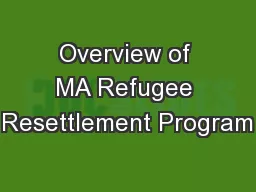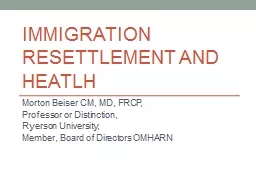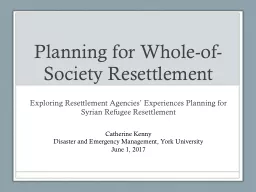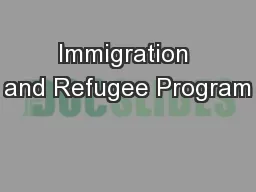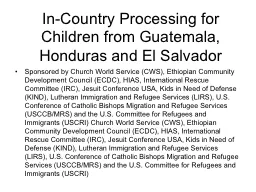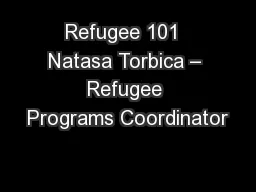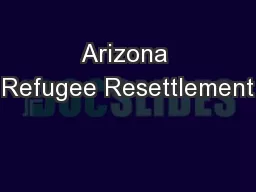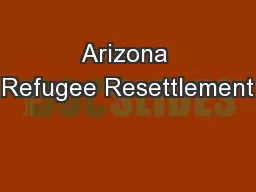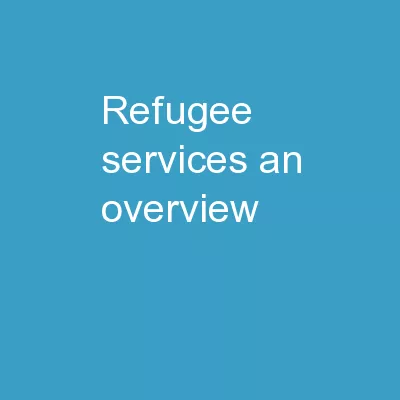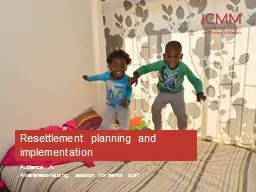PPT-Overview of MA Refugee Resettlement Program
Author : olivia-moreira | Published Date : 2018-10-25
December 8 2015 DRAFT for BBA 121515 brown bag HISTORY MA Office for Refugees and Immigrants ORI and the Federal Refugee Act of 1980 In 1985 the Massachusetts
Presentation Embed Code
Download Presentation
Download Presentation The PPT/PDF document "Overview of MA Refugee Resettlement Prog..." is the property of its rightful owner. Permission is granted to download and print the materials on this website for personal, non-commercial use only, and to display it on your personal computer provided you do not modify the materials and that you retain all copyright notices contained in the materials. By downloading content from our website, you accept the terms of this agreement.
Overview of MA Refugee Resettlement Program: Transcript
Download Rules Of Document
"Overview of MA Refugee Resettlement Program"The content belongs to its owner. You may download and print it for personal use, without modification, and keep all copyright notices. By downloading, you agree to these terms.
Related Documents

